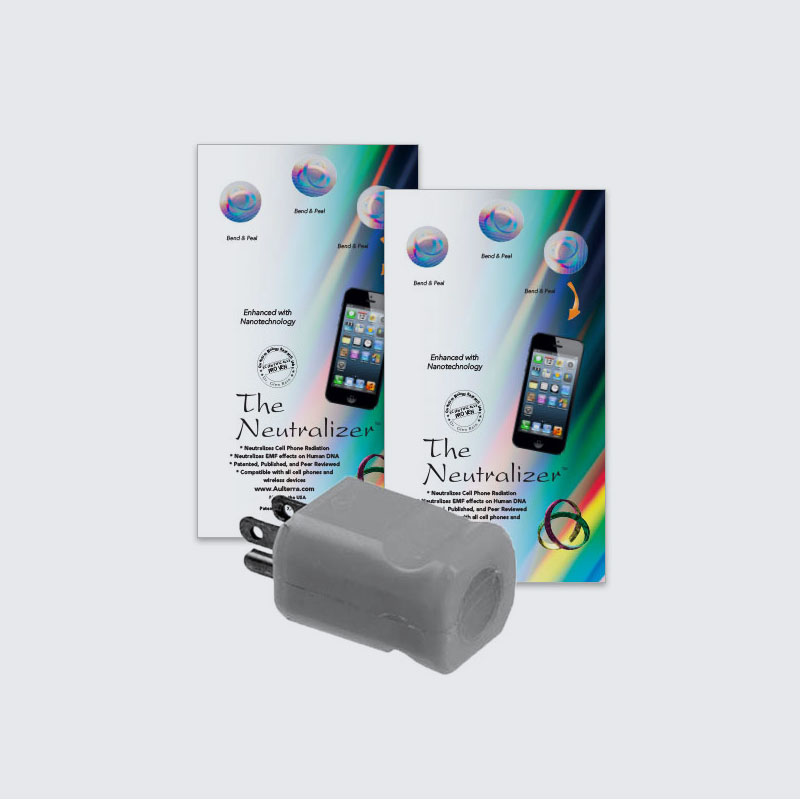This article covers the topic of 5G radiation, which is a non-ionizing electromagnetic radiation. Because 5G radiation is so small, it doesn't have the capacity to break chemical bonds in biological tissues or cause any modifications to cells. It's not clear if 5G radiation affects the risk of developing skin cancer. No evidence has been found to suggest that it could cause any other diseases.
High-frequency millimeter radiation
High-frequency millimeter wave radiation from mobile phones and wireless networks can cause health effects to human beings. There are many ways in which this radiation could be harmful. In some instances the radiation could cause damage to the person's DNA. In other cases the radiation may cause harm to other areas in the human body such as the brain.

Recent research has revealed that 5G technology can result in tissue heating. This is why scientists from International Council on Non-Ionizing Radiation Protection (ICNIRP) has asked for a review of the existing standards for biological and thermal safety. The current exposure standards are not adequate to protect individuals from excessive heating in the event of exposure to pulsed millimeter wave radiation.
Skin cancer risk
There is no definite answer yet to the question of whether the 5G radiation could cause skin cancer. However, it is believed that 5G RF-EMFs behave similarly to radiations that emit high-LET. In turn, they can produce large amounts of free radicals in the skin. The FCC hasn't issued any specific guidelines regarding the risks of 5G technology. Consequently, the debate is ongoing.
Although there are a number of studies regarding the impact of radio waves with higher frequencies on human health, they have been largely limited in scope. However, there is concern over the effects of millimeter-wavelength exposure on oxidative stress and gene expression. These effects may extend to the skin and various organs, such as the brain.
Impact on other illnesses
The latest generation of technology for wireless, called 5G, is rapidly gaining ground However, researchers are warning of its potential health hazards. The technology will significantly increase the quantity of electromagnetic radiation found that we encounter in our surroundings. 5g towers radiation has sparked debates in many countries, including Switzerland. In September 2017, 390 scientists and doctors were in favor of a moratorium on 5G deployment. The motion was not taken seriously by the European Commission, which is responsible for regulating the use of technology like 5G.
Therefore, 5g towers radiation is needed to determine the health impacts of 5G. While we wait research has shown that 5G isn't causing the same effects in humans as the radiofrequency from the older mobile networks. It also does not spread an entirely new strain of coronavirus. In addition it doesn't make people more vulnerable to infections caused by viruses.
The measurement of exposure
Measurement of exposure to radiation from 5G is an essential component of the security of 5G networks. There are two ways to measure exposure. One is to measure the RF power absorption by human tissues. The other involves measuring the amount of radiofrequency energy produced by an object. The term "radiofrequency energy" (RF) refers to an electromagnetic field of energy that comes directly from radio receivers.
In the United States, the FCC has imposed a restriction on the energy density of mobile devices running 5G. The tests are able to test the power density of just several inches, and they do not require measurements of every beam. FCC does not require measurements of every beam. However, it is possible to determine the energy density for each beam is estimated by computer simulation. The most extreme scenario is then determined depending on the beam's configuration. each beam.
Study limitations
There's been a lot of discussion over whether 5G radiation will affect the health of humans. For instance, the Swiss Government, for instance has released a report which concludes that the technology has no negative health consequences in the short term, but there aren't any studies which have shown long-term negative effects. However, this report has several issues, including biased reports.

5g radiation and frequency of the radio waves that transmit energy are determined by the frequency. The energy carried by a millimetre wave will be similar to the current radio waves however, they're less visible and are better suited for high-density environments as they won't be easily block by walls or glass. High-density urban areas would require many tiny, low-power sites and suburban areas will be better served by 5G sites operating at lower frequencies.
